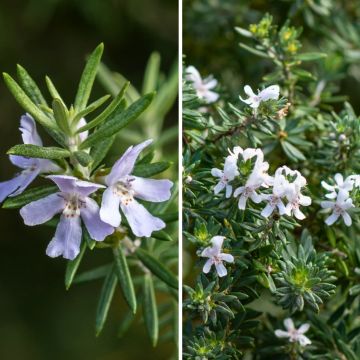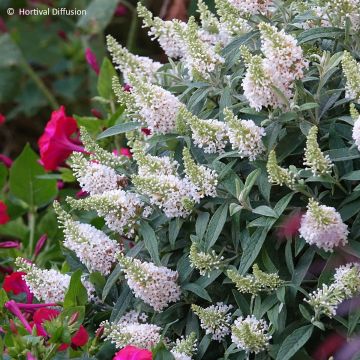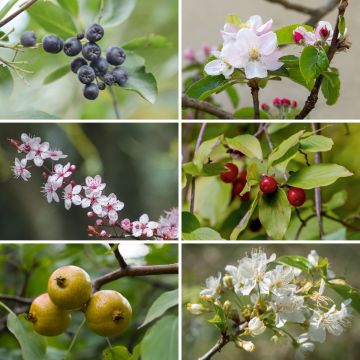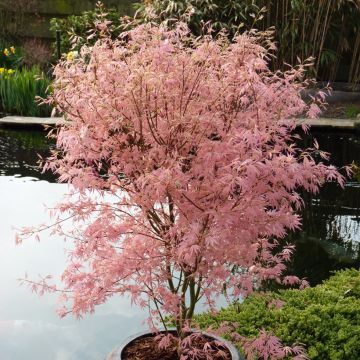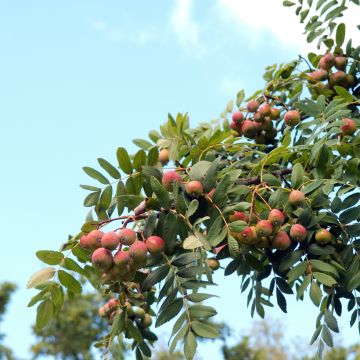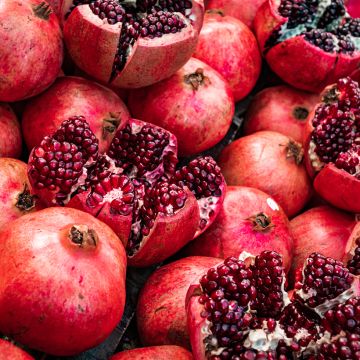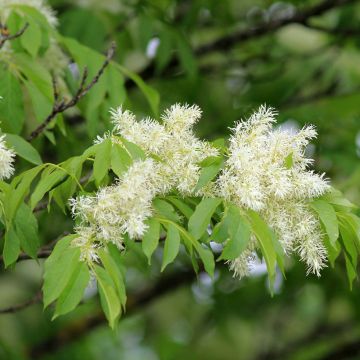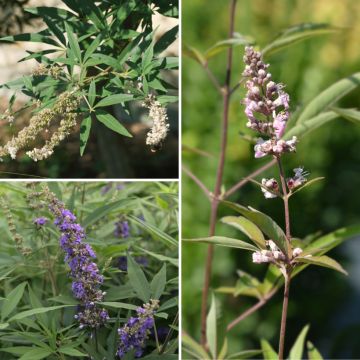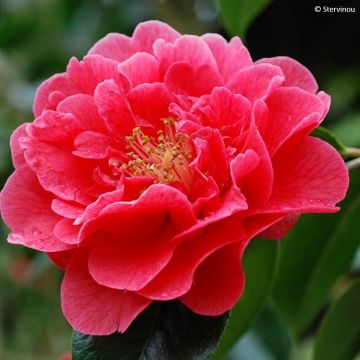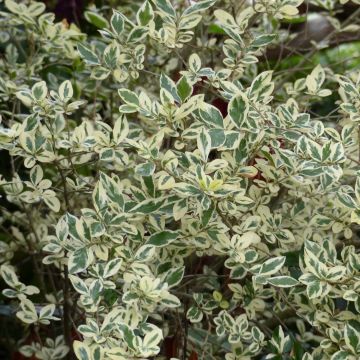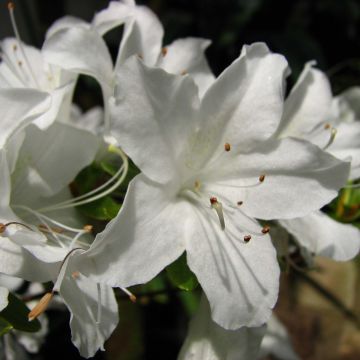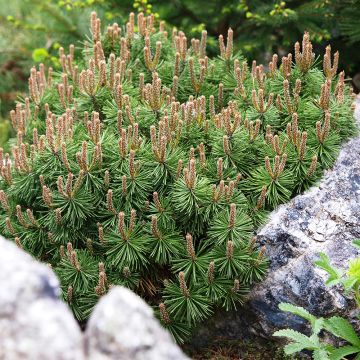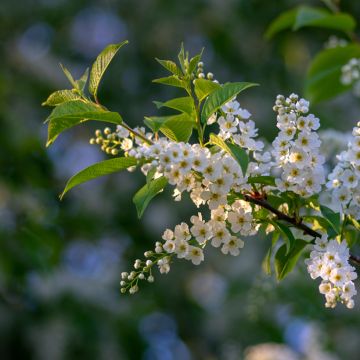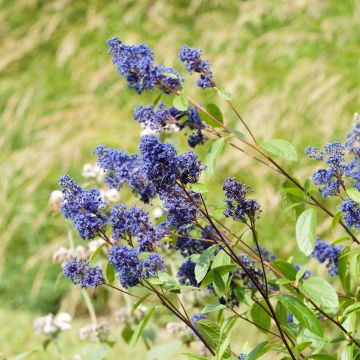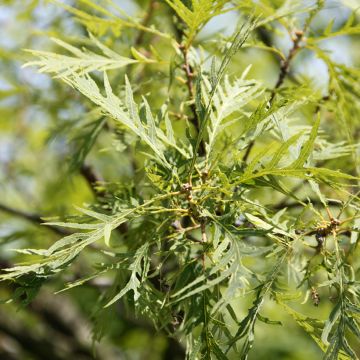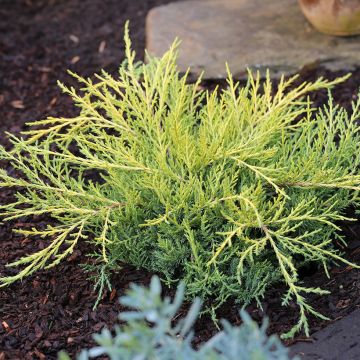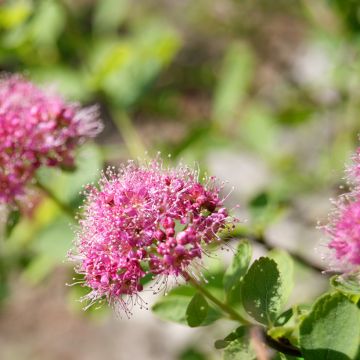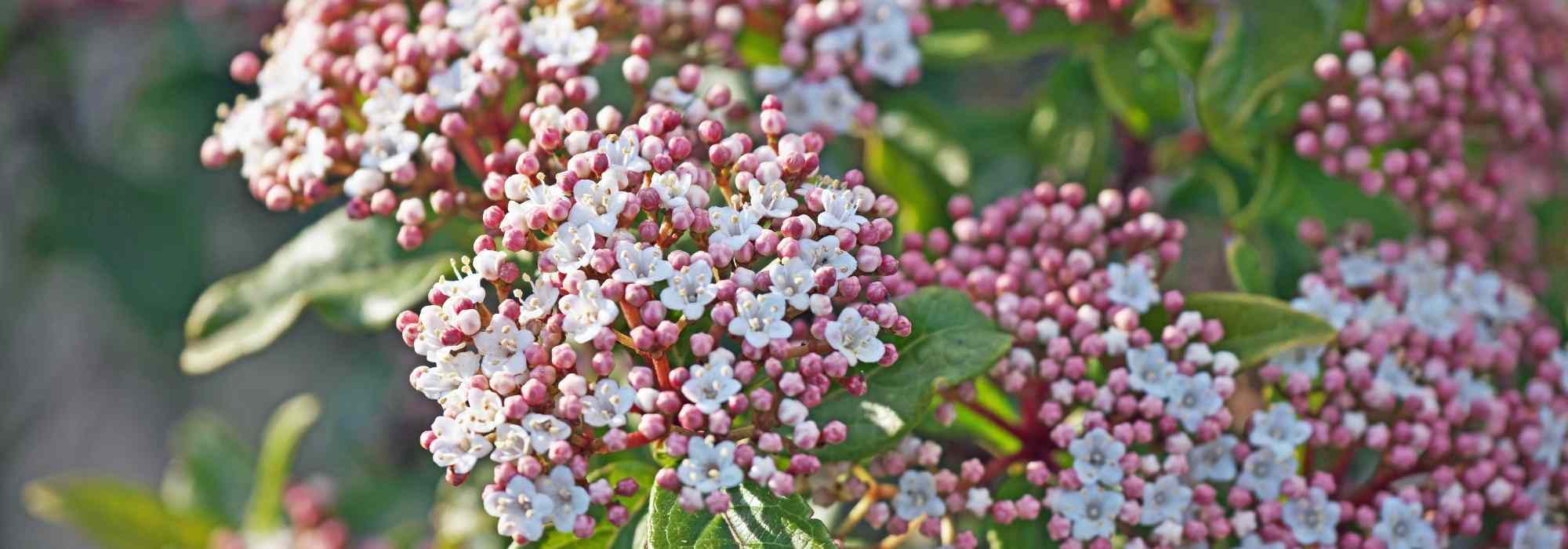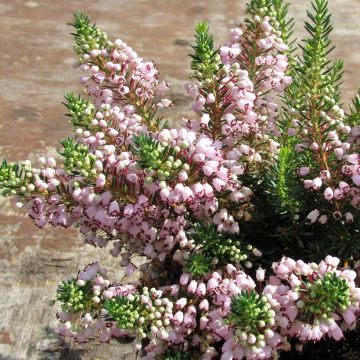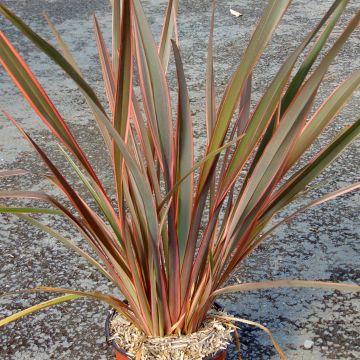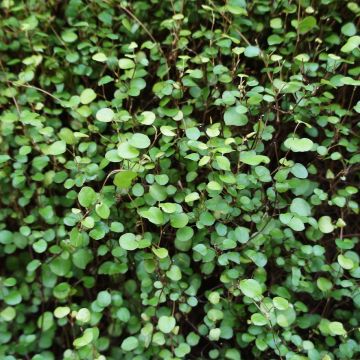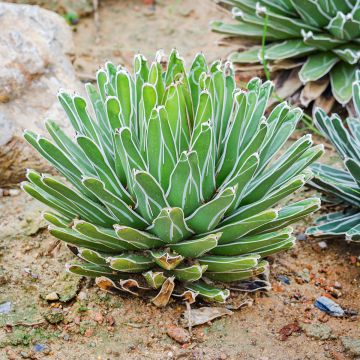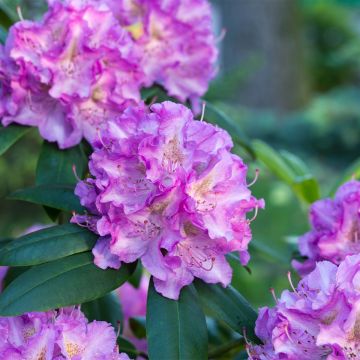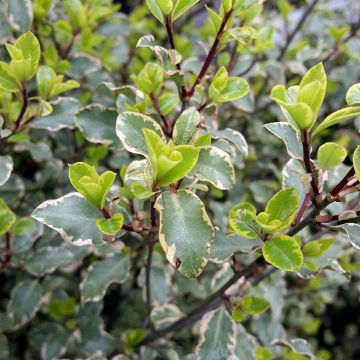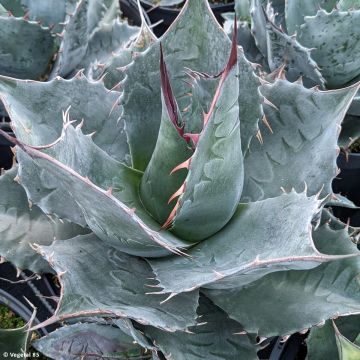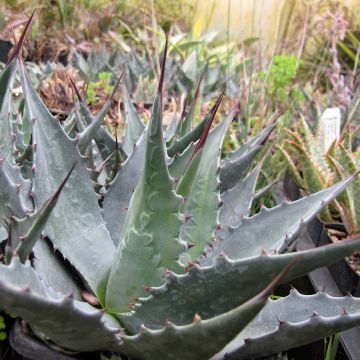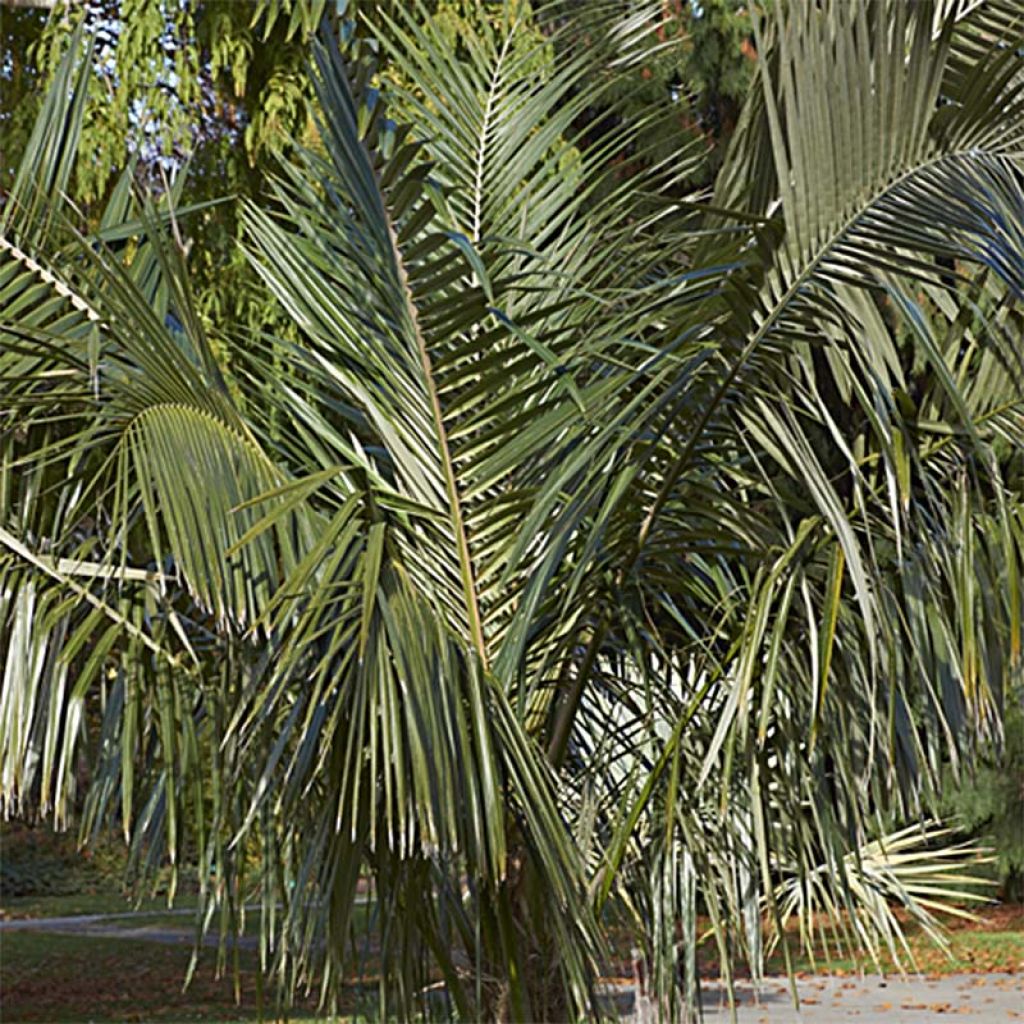

Parajubaea torallyi - Palmier bolivien
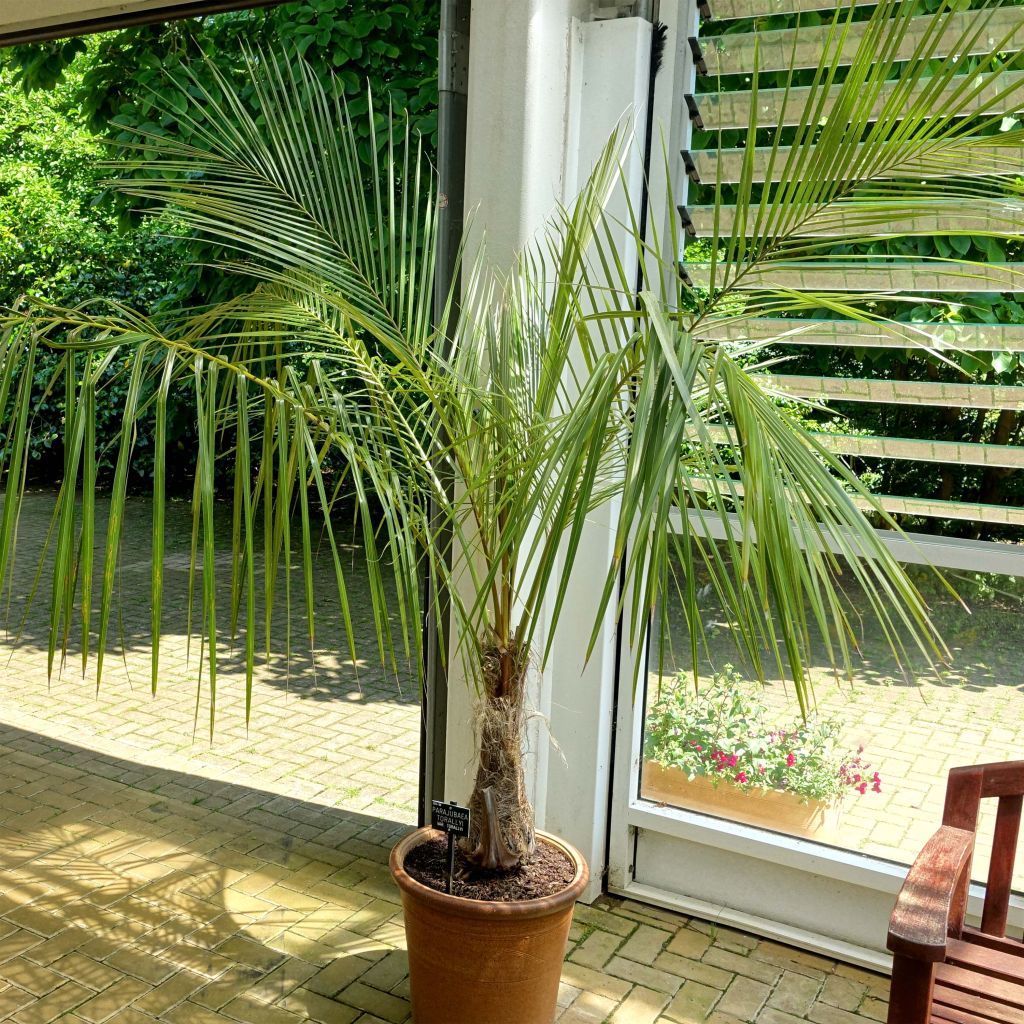

Parajubaea torallyi - Palmier bolivien
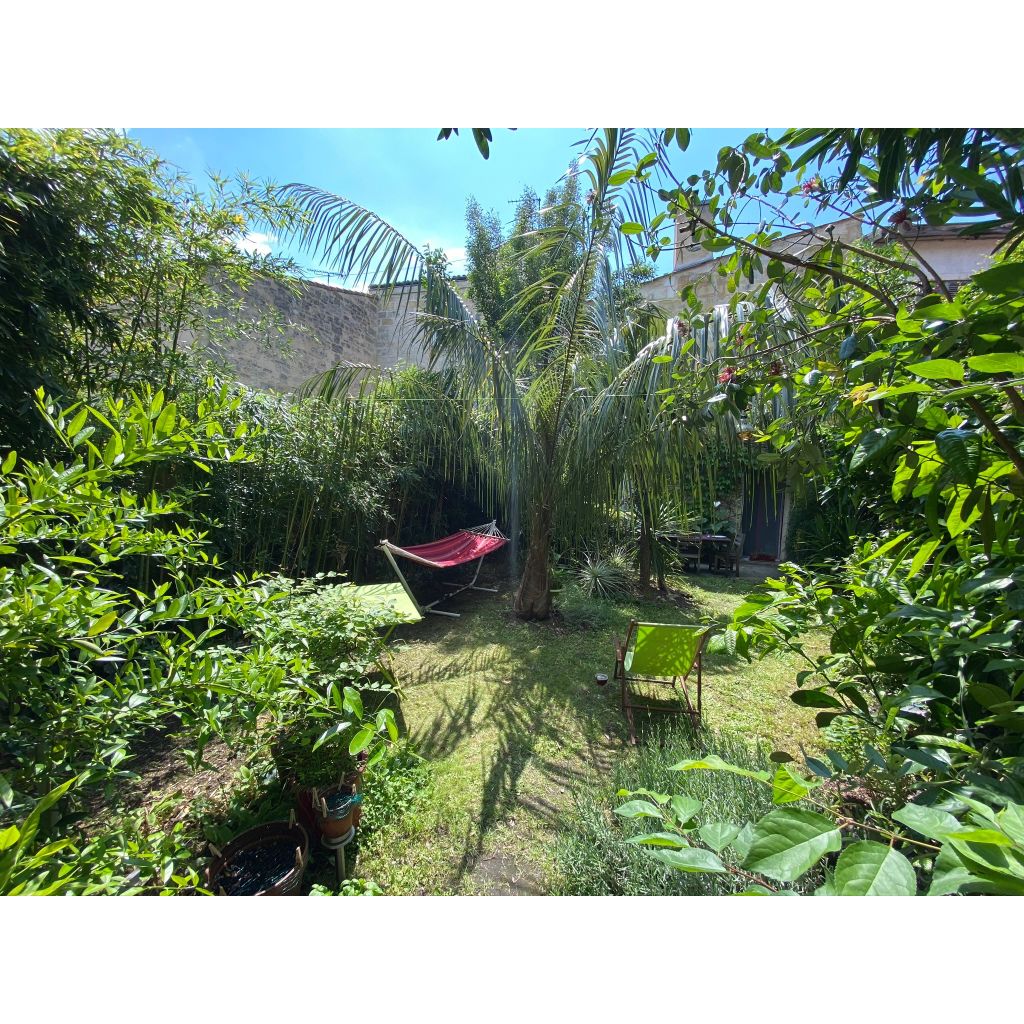

Parajubaea torallyi - Palm
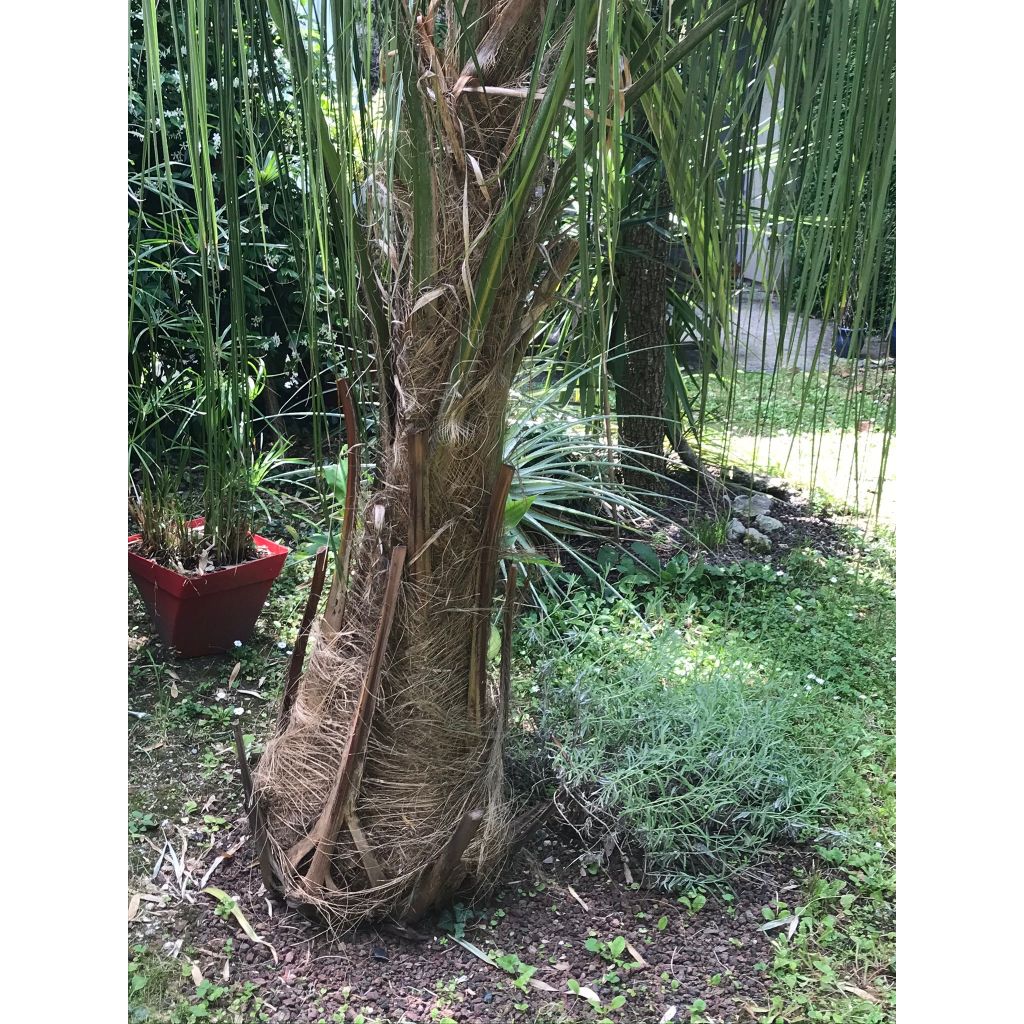

Parajubaea torallyi - Palm
Parajubaea torallyi - Palm
Parajubaea torallyi
Special offer!
Receive a €20 voucher for any order over €90 (excluding delivery costs, credit notes, and plastic-free options)!
1- Add your favorite plants to your cart.
2- Once you have reached €90, confirm your order (you can even choose the delivery date!).
3- As soon as your order is shipped, you will receive an email containing your voucher code, valid for 3 months (90 days).
Your voucher is unique and can only be used once, for any order with a minimum value of €20, excluding delivery costs.
Can be combined with other current offers, non-divisible and non-refundable.
Why not try an alternative variety in stock?
View all →This plant carries a 24 months recovery warranty
More information
We guarantee the quality of our plants for a full growing cycle, and will replace at our expense any plant that fails to recover under normal climatic and planting conditions.
Does this plant fit my garden?
Set up your Plantfit profile →
Description
The Parajubaea torallyi is an elegant Bolivian palm tree, fast-growing and adapted to difficult conditions. Its only flaw is its relative hardiness, especially in heavy and humid soil. Native to dry and dusty Andean valleys where it grows between 2700 and 3400 m (8858 and 11155ft) altitude, subjected to frequent frosts, it is already abundantly planted in Portugal and Spain where its slender silhouette crowned with large finely cut green to grey-green leaves is appreciated along avenues. Becoming rare in its original lands due to human greed, this palm tree with edible fruits may find refuge in your garden. It tolerates limestone, withstands drought and cold down to -7°C (19.4°F)!
A fast-growing shrubby plant of the arecaceae family, highly appreciated as an ornamental plant, the Parajubaea torallyi thrives at high altitudes in dry habitats, receiving only 550 mm (22in) of water per year, on rocky soil of steep slopes, in dry forests, experiencing dry summers but also relatively cold temperatures in winter. It is now endangered in its very restricted natural habitat.
The plant, referred to as unicaule, produces only one trunk called a stipe, reaching up to 10 m (33ft) in height and 20 cm (8in) in diameter at an advanced age. It carries at its top a dense crown, at least 5m (16ft) wide. The stipe is covered with a thick layer of fibers and leaves, it has a tapering appearance during the first 10 to 15 years, then becomes columnar. The crown can have up to 20 pinnate leaves, 3 to 5m (10 to 16ft) long, rigid, leathery, erect to slightly pendulous at the periphery, dark green and striated on the upper side, slightly silver on the underside of young leaves. This cluster of leaves hides in its center the unique meristem responsible for the growth of this palm tree. The growth rate is directly related to the more or less favorable conditions of the environment; faster in deep, fertile and moist soil, a little slower in the opposite case. Flowering only occurs after many years. Large inflorescences, over 1m (3ft) long, covered with brown velvet, appear among the lower leaves. They are composed of numerous unisexual flowers, male or female. After fertilization, the fruits resemble small coconuts, 5 to 10 cm (2 to 4in) in diameter, gathered in clusters weighing up to 15 kg. The fruits will ripen in favorable climates.
This elegant palm tree, which has recently appeared in southwestern Europe and California, seems to have a promising future. It is not demanding in terms of water and heat, accommodating in terms of soil if it is well-drained, and quickly makes a strong impression in a mild climate garden. In the ground, it can be placed in isolation, not far from a swimming pool for example, in the company of banana trees or yuccas, in an exotic-inspired setting. But this species, very drought-resistant, will express its full potential in a Mediterranean-style garden, accompanied by Cycas or the Duprez Cypress (Cupressus dupreziana), a true Saharan relic almost extinct in its native Tassili des Ajjers. A bit difficult to associate due to its strong personality, it can nevertheless be planted in groups of 3 subjects and surrounded by a carpet of thyme, a sowing of California Poppies, or a bench of Felicia. A contemporary garden will adopt it above a tide of white pebbles.
Report an error about the product description
Parajubaea torallyi - Palm in pictures
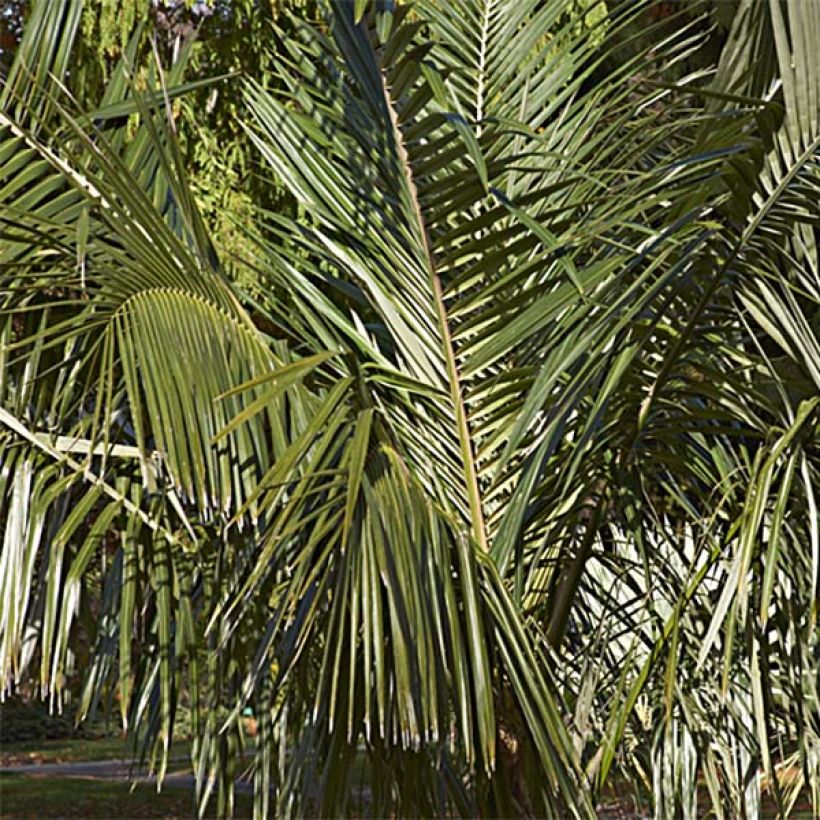

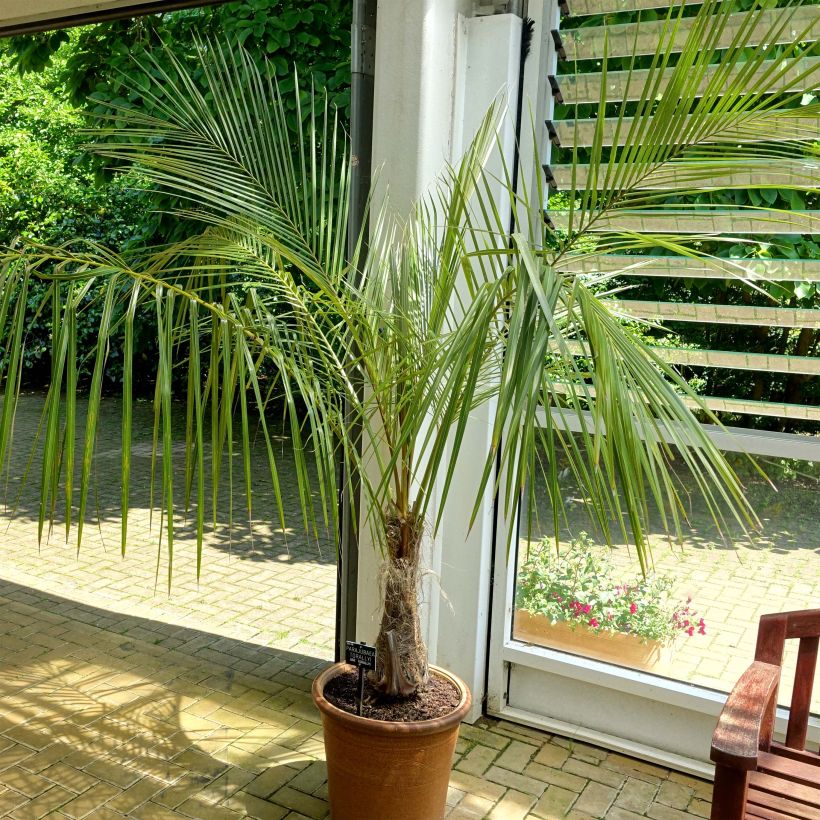

Plant habit
Flowering
Foliage
Botanical data
Parajubaea
torallyi
Arecaceae
South America
Other Shrubs A to Z
View all →Planting and care
Plant the parajubaea torallyi in a light, perfectly drained soil, even poor, sandy, rocky and dry in summer. It tolerates limestone well, but does not disdain a humus-rich soil. It will also appreciate a cooler, deeper and fertile soil, as long as water does not stagnate in it during winter. The ideal is to plant it in a mixture of coarse sand, gravel, leaf compost and garden soil, which will effectively drain winter moisture. Install it in a sheltered position from cold and dry winds, protect young plants during the first 3 years. At temperatures around -7/-8°C (19.4/17.6°F), a well-established specimen, a few years old, will probably lose its leaves, but the crown will reform in spring. Protect the stem with a winter cover, and even a thick mulch. Easy to grow, it requires little maintenance, with its leaves often falling off naturally when they reach the end of their life.
Planting period
Intended location
Care
Planting & care advice
This item has not been reviewed yet - be the first to leave a review about it.
Similar products
Haven't found what you were looking for?
Hardiness is the lowest winter temperature a plant can endure without suffering serious damage or even dying. However, hardiness is affected by location (a sheltered area, such as a patio), protection (winter cover) and soil type (hardiness is improved by well-drained soil).

Photo Sharing Terms & Conditions
In order to encourage gardeners to interact and share their experiences, Promesse de fleurs offers various media enabling content to be uploaded onto its Site - in particular via the ‘Photo sharing’ module.
The User agrees to refrain from:
- Posting any content that is illegal, prejudicial, insulting, racist, inciteful to hatred, revisionist, contrary to public decency, that infringes on privacy or on the privacy rights of third parties, in particular the publicity rights of persons and goods, intellectual property rights, or the right to privacy.
- Submitting content on behalf of a third party;
- Impersonate the identity of a third party and/or publish any personal information about a third party;
In general, the User undertakes to refrain from any unethical behaviour.
All Content (in particular text, comments, files, images, photos, videos, creative works, etc.), which may be subject to property or intellectual property rights, image or other private rights, shall remain the property of the User, subject to the limited rights granted by the terms of the licence granted by Promesse de fleurs as stated below. Users are at liberty to publish or not to publish such Content on the Site, notably via the ‘Photo Sharing’ facility, and accept that this Content shall be made public and freely accessible, notably on the Internet.
Users further acknowledge, undertake to have ,and guarantee that they hold all necessary rights and permissions to publish such material on the Site, in particular with regard to the legislation in force pertaining to any privacy, property, intellectual property, image, or contractual rights, or rights of any other nature. By publishing such Content on the Site, Users acknowledge accepting full liability as publishers of the Content within the meaning of the law, and grant Promesse de fleurs, free of charge, an inclusive, worldwide licence for the said Content for the entire duration of its publication, including all reproduction, representation, up/downloading, displaying, performing, transmission, and storage rights.
Users also grant permission for their name to be linked to the Content and accept that this link may not always be made available.
By engaging in posting material, Users consent to their Content becoming automatically accessible on the Internet, in particular on other sites and/or blogs and/or web pages of the Promesse de fleurs site, including in particular social pages and the Promesse de fleurs catalogue.
Users may secure the removal of entrusted content free of charge by issuing a simple request via our contact form.
The flowering period indicated on our website applies to countries and regions located in USDA zone 8 (France, the United Kingdom, Ireland, the Netherlands, etc.)
It will vary according to where you live:
- In zones 9 to 10 (Italy, Spain, Greece, etc.), flowering will occur about 2 to 4 weeks earlier.
- In zones 6 to 7 (Germany, Poland, Slovenia, and lower mountainous regions), flowering will be delayed by 2 to 3 weeks.
- In zone 5 (Central Europe, Scandinavia), blooming will be delayed by 3 to 5 weeks.
In temperate climates, pruning of spring-flowering shrubs (forsythia, spireas, etc.) should be done just after flowering.
Pruning of summer-flowering shrubs (Indian Lilac, Perovskia, etc.) can be done in winter or spring.
In cold regions as well as with frost-sensitive plants, avoid pruning too early when severe frosts may still occur.
The planting period indicated on our website applies to countries and regions located in USDA zone 8 (France, United Kingdom, Ireland, Netherlands).
It will vary according to where you live:
- In Mediterranean zones (Marseille, Madrid, Milan, etc.), autumn and winter are the best planting periods.
- In continental zones (Strasbourg, Munich, Vienna, etc.), delay planting by 2 to 3 weeks in spring and bring it forward by 2 to 4 weeks in autumn.
- In mountainous regions (the Alps, Pyrenees, Carpathians, etc.), it is best to plant in late spring (May-June) or late summer (August-September).
The harvesting period indicated on our website applies to countries and regions in USDA zone 8 (France, England, Ireland, the Netherlands).
In colder areas (Scandinavia, Poland, Austria...) fruit and vegetable harvests are likely to be delayed by 3-4 weeks.
In warmer areas (Italy, Spain, Greece, etc.), harvesting will probably take place earlier, depending on weather conditions.
The sowing periods indicated on our website apply to countries and regions within USDA Zone 8 (France, UK, Ireland, Netherlands).
In colder areas (Scandinavia, Poland, Austria...), delay any outdoor sowing by 3-4 weeks, or sow under glass.
In warmer climes (Italy, Spain, Greece, etc.), bring outdoor sowing forward by a few weeks.































